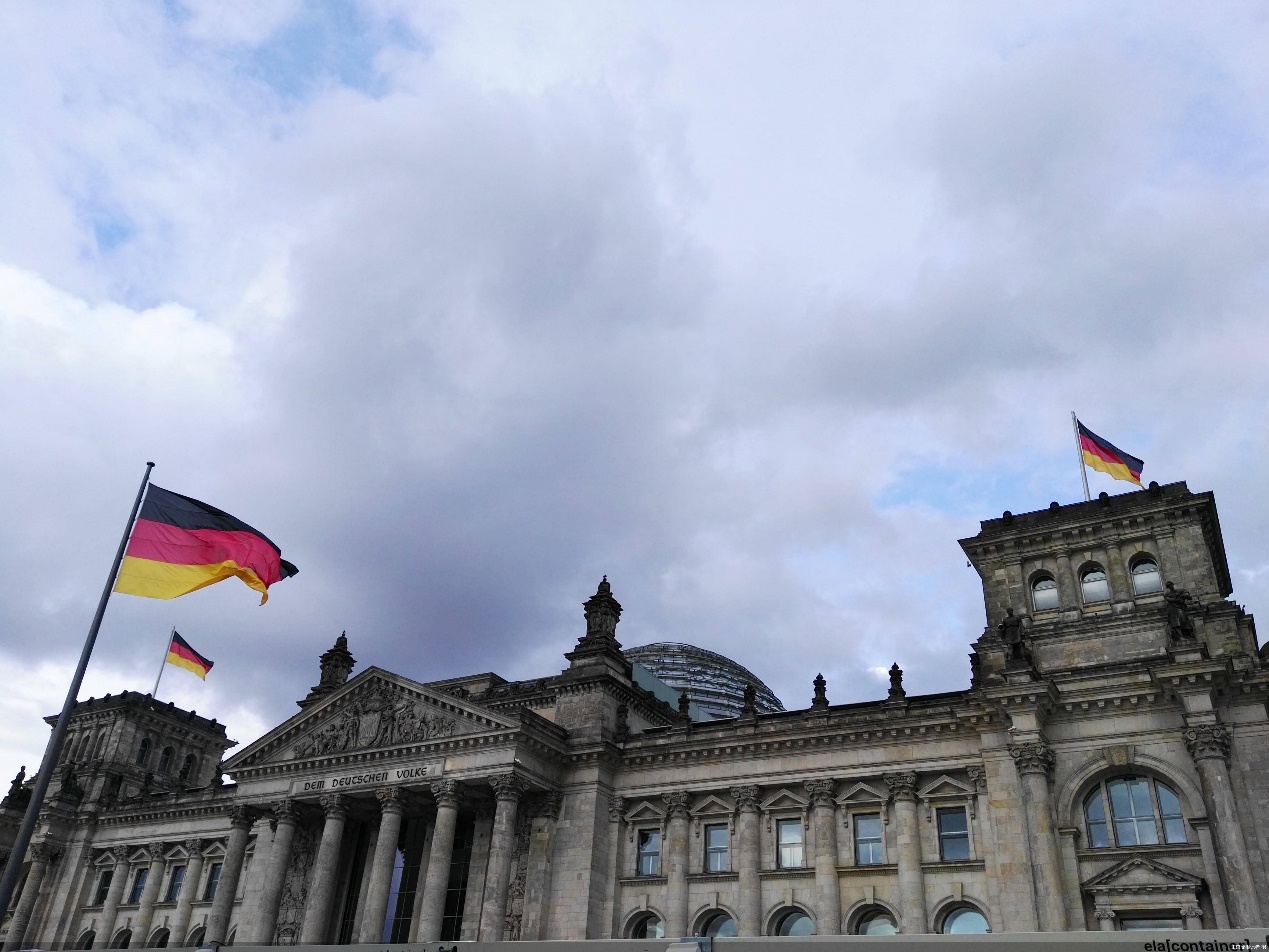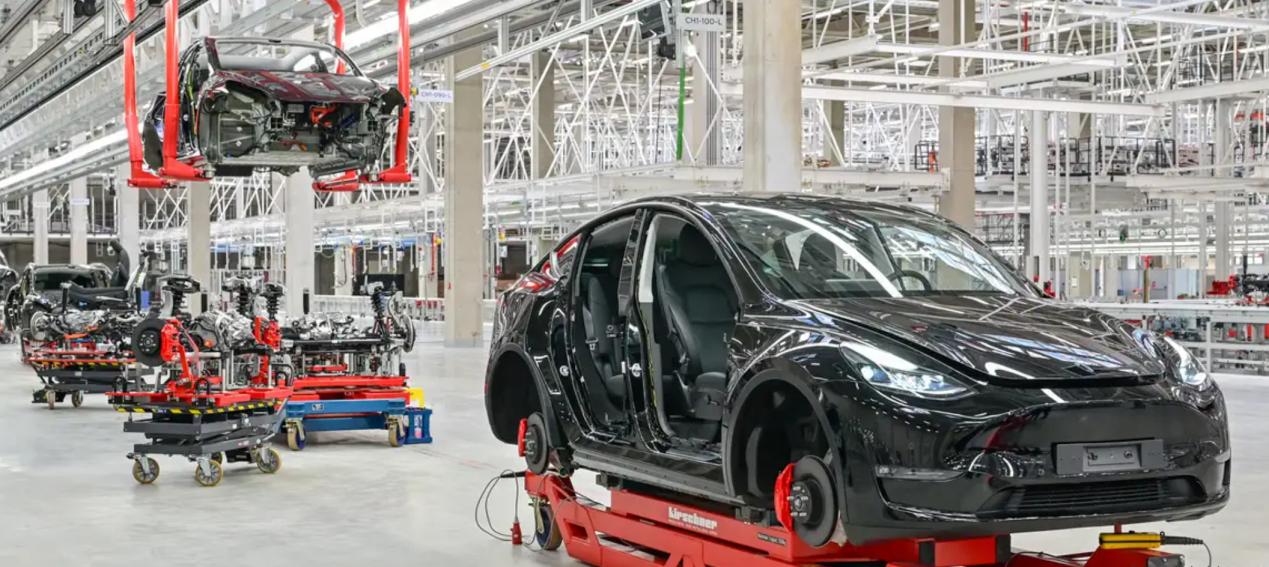
Recently, several major German economic research institutions released autumn forecast reports showing that due to factors such as US tariff policies, the German economy will only grow by 0.1% to 0.2% in 2025. This data is not only far below the summer forecast, but also highlights the unfavorable situation currently faced by the German economy.
The insufficient demand for manufacturing and service industries is one of the important manifestations of the sluggish German economy. As a global manufacturing powerhouse, Germany holds an important position in industries such as automobiles and machinery manufacturing worldwide. However, in recent years, global trade protectionism has risen and trade frictions have continued, leading to a sharp deterioration of the external market environment for Germany's manufacturing industry. The implementation of US tariff policies has directly led to an increase in the cost of German exports to the United States, a decrease in competitiveness, and a significant reduction in order volume. At the same time, global economic growth is slowing down, and market demand in other countries and regions is also weakening, further compressing the survival space of Germany's manufacturing industry. The service industry has also not been spared, as the downturn in manufacturing has been transmitted to the service industry. Enterprises have reduced their business activities, and consumers have lowered their willingness to consume, leading to a decline in demand for the service industry.
The continued weakness of the construction industry has also cast a shadow over the German economy. The German construction industry used to be an important driving force for economic growth in the past, but in recent years it has fallen into difficulties. On the one hand, the real estate market is becoming saturated and the demand for new housing is decreasing; On the other hand, the continuous rise in construction costs, including the increase in raw material prices and labor shortages leading to increased labor costs, has compressed the profit margins of construction enterprises and reduced their investment willingness. In addition, the increasingly strict environmental policies have also imposed certain constraints on the construction industry, restricting some high polluting and high energy consuming construction projects, further affecting the development of the construction industry.
The slow recovery of personal consumption is another challenge facing the German economy. Consumption is an important driving force for economic growth, but the willingness and ability of German consumers to consume have not been effectively improved. On the one hand, the uncertainty of the economic situation makes consumers more pessimistic about future income and employment expectations, thereby reducing unnecessary consumption; On the other hand, the rise in prices has also brought significant living pressure to consumers, especially the rise in energy prices, which has increased the proportion of residents' energy expenditure and reduced the funds available for other consumption. In addition, the aging problem in German society is becoming increasingly severe, and the consumption ability of the elderly population is relatively weak, which has also had a certain inhibitory effect on the growth of personal consumption.
The continued impact of US tariff policies on German exports is undoubtedly a key factor exacerbating the downward pressure on the German economy. As an important trading partner of Germany, the adjustment of tariffs by the United States has a huge impact on German export enterprises. Germany's automotive, chemical, mechanical and other industries are highly dependent on the US market. The imposition of tariffs by the US has significantly increased the export costs of these products, leading to a decline in the competitiveness of companies in the US market and market share being seized by companies from other countries. In order to cope with tariff pressure, some German companies have had to choose to transfer their production lines to other countries, which not only leads to a reduction in employment opportunities within Germany, but also has a negative impact on Germany's industrial structure and economic stability.
Although the German economy is currently facing many difficulties, there is still hope. If the federal government's large-scale fiscal spending plan can play a role and effectively promote structural reforms, the German economy is expected to gradually improve. Large scale fiscal expenditures can increase investment in infrastructure construction, improve infrastructure conditions such as transportation and energy, and create a favorable environment for the development of enterprises; At the same time, it is also possible to increase investment in education, scientific research and other fields, improve the quality and innovation ability of the labor force, and promote industrial upgrading and transformation. Structural reforms can further optimize Germany's economic structure, improve economic efficiency and competitiveness, such as reducing corporate taxes and administrative costs, simplifying approval procedures, and promoting market competition.
The German economy is at a critical turning point, facing unprecedented challenges. But as long as the government can take effective policy measures and actively respond to various difficulties, the German economy is expected to recover from the difficulties and regain vitality.

The global electric vehicle market in 2025 is experiencing intense turbulence. Tesla, once a disruptor that reshaped the industry landscape, is now mired in an unprecedented sales crisis.
The global electric vehicle market in 2025 is experiencing …
Recently, Chinese telecom companies Huawei and ZTE signed a…
Recently, according to Xinhua News Agency, Israel's air str…
A strongly worded report from the Equality Trust argues tha…
On November 27, 2025, Alibaba officially entered the global…
The focus of the global financial market in 2025 has always…